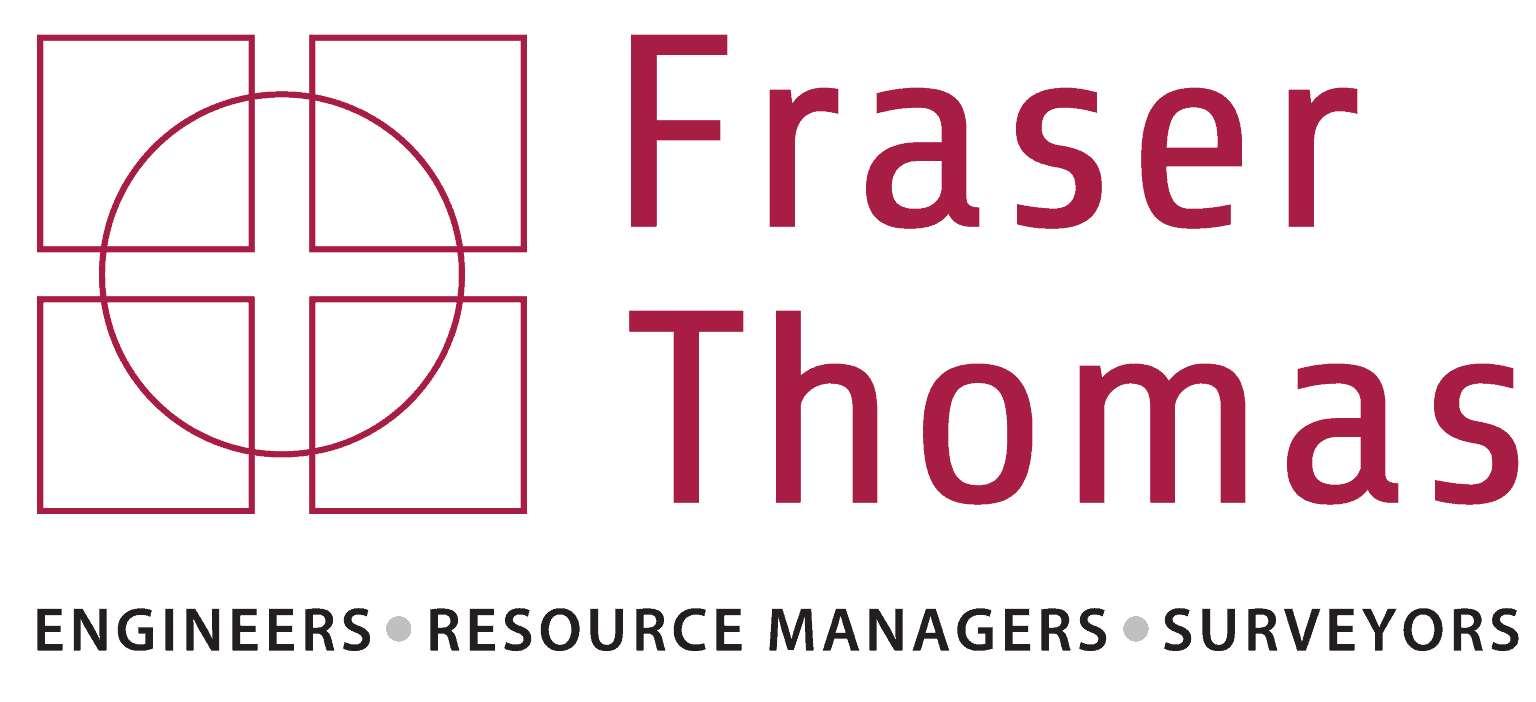
12 Apr Undertaking Due Diligence Work – Do I need to seek professional advice?
When you are undertaking subdivision and building developments, there are typically a lot of ‘moving parts’, the complexity of these developments increases exponentially with the size of the project.
An engineering aspect of subdivision and building developments, which is often taken for granted by novice developers, is the ability to provide wastewater, stormwater and potable (drinking) water services to the site. This is referred to as the ‘serviceability’ of the site, and it is often this serviceability which dictates the viability of the development.
If you are undertaking subdivision developments, Council will require, as a condition of subdivision consent, that you provide suitable wastewater, stormwater and potable water connections, and also utilities (such as telecom and power), to the site. Typically, in built-up urban areas, the wastewater and stormwater can be connected to the existing reticulated system. However, for some sites (and if the soils have sufficient drainage characteristics), stormwater can be disposed to ground soakage pits. Larger rural sites don’t usually have reticulated wastewater available, so wastewater is often disposed of to various types of on-site wastewater disposal systems (such as drip irrigation).
Fish-Hooks
Where possible, wastewater from developments is preferably connected via gravity pipelines, to discharge to existing public wastewater manholes. However, sometimes the topography of the site and the as-built depth of the existing reticulation, is such, that you are not able to connect to the existing system, via gravity pipelines. If this is the case, alternative engineering solutions are required, such as pump stations, which can result in significant costs (and in some instances make the proposed project not viable).
It should also be noted, in some areas, that the capacity of the existing wastewater system may not be sufficient to allow an additional wastewater connection, which can also stymie potential developments.
Council will also charge fees to allow connection to the existing wastewater and stormwater reticulation, which is usually covered in the development contributions. These ‘contributions’ can be significant, and can often catch out novice developers, who aren’t aware of the effective local government tax that Councils will extract from developers.
Depending on the location of the proposed development, there can also be additional requirements for stormwater disposal, normally relating to treatment and attenuation. It is sometimes necessary to provide stormwater attenuation tanks, as part of the development.
It is my experience that the ‘serviceability’ of the proposed development site, in particular the ability for the wastewater and stormwater to be dealt with efficiently, and to the satisfaction of Council, is more often than not, the critical engineering aspect to be satisfied, when assessing the development potential of a site.
We often get involved during the due diligence assessment phase for developments, prior to developer’s purchasing sites. We assess the potential engineering ‘fish-hooks’ associated with sites. The more experienced developers tend to undertake a more thorough due diligence assessment before committing to a site. The novice developers, who are maybe not as aware of the potential pitfalls of developing, tend to not engage professional services up front (often to their detriment).
My advice to developers is to seek appropriate advice, as part of their due diligence assessment, particularly regarding the ‘serviceability’ of sites, prior to purchase, as this up-front work could potentially save you from buying a ‘lemon’, and being stung with a development with engineering issues, which can quickly erode any potential profits you may have envisaged.
An article by Mason Reed, FTL Geotechncial Director

